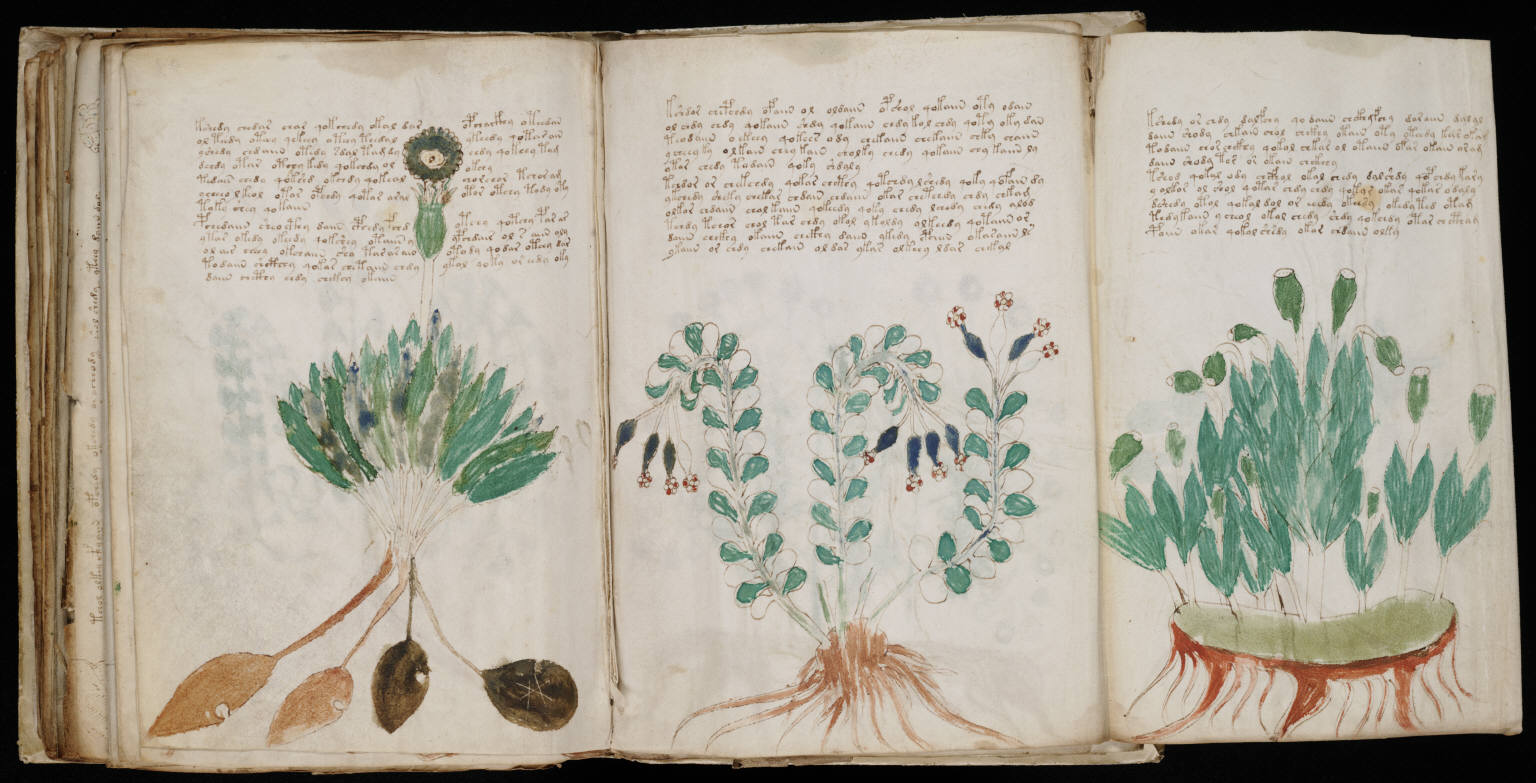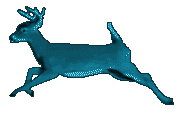Voynich Manuscript (early 1500s)
Filed under book | Tags: · astrology, astronomy, biology, botany, cryptography, language, medicine

“Written in Central Europe at the end of the 15th or during the 16th century, the origin, language, and date of the Voynich Manuscript—named after the Polish-American antiquarian bookseller, Wilfrid M. Voynich, who acquired it in 1912—are still being debated as vigorously as its puzzling drawings and undeciphered text. Described as a magical or scientific text, nearly every page contains botanical, figurative, and scientific drawings of a provincial but lively character, drawn in ink with vibrant washes in various shades of green, brown, yellow, blue, and red.
Based on the subject matter of the drawings, the contents of the manuscript falls into six sections: 1) botanicals containing drawings of 113 unidentified plant species; 2) astronomical and astrological drawings including astral charts with radiating circles, suns and moons, Zodiac symbols such as fish (Pisces), a bull (Taurus), and an archer (Sagittarius), nude females emerging from pipes or chimneys, and courtly figures; 3) a biological section containing a myriad of drawings of miniature female nudes, most with swelled abdomens, immersed or wading in fluids and oddly interacting with interconnecting tubes and capsules; 4) an elaborate array of nine cosmological medallions, many drawn across several folded folios and depicting possible geographical forms; 5) pharmaceutical drawings of over 100 different species of medicinal herbs and roots portrayed with jars or vessels in red, blue, or green, and 6) continuous pages of text, possibly recipes, with star-like flowers marking each entry in the margins.” (source)
240 pages
via Archive.org
PDF
Detailed chemical analysis of the Voynich Manuscript (from the Beinecke Rare Book & Manuscript Library)
Leave a Reply

